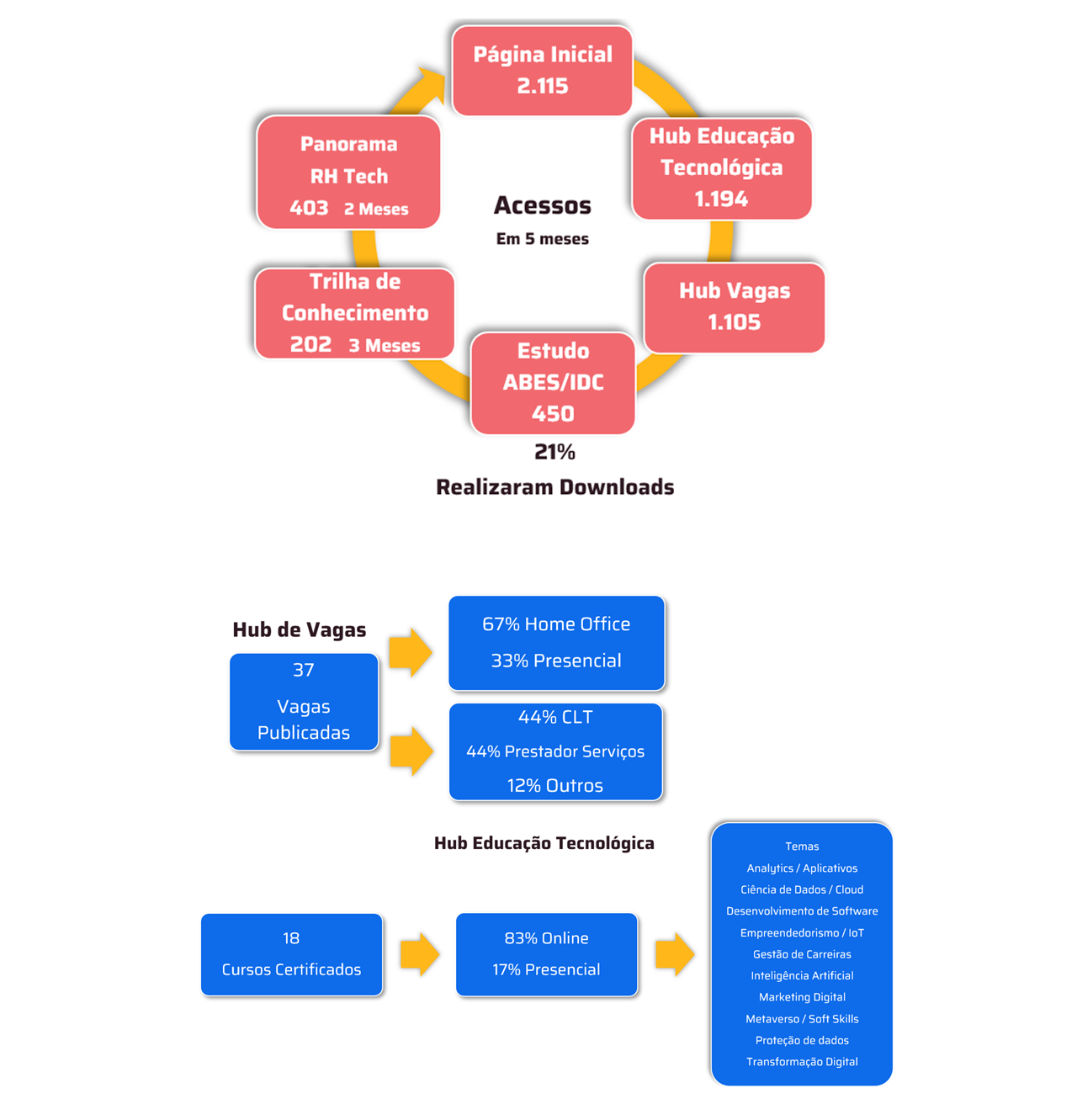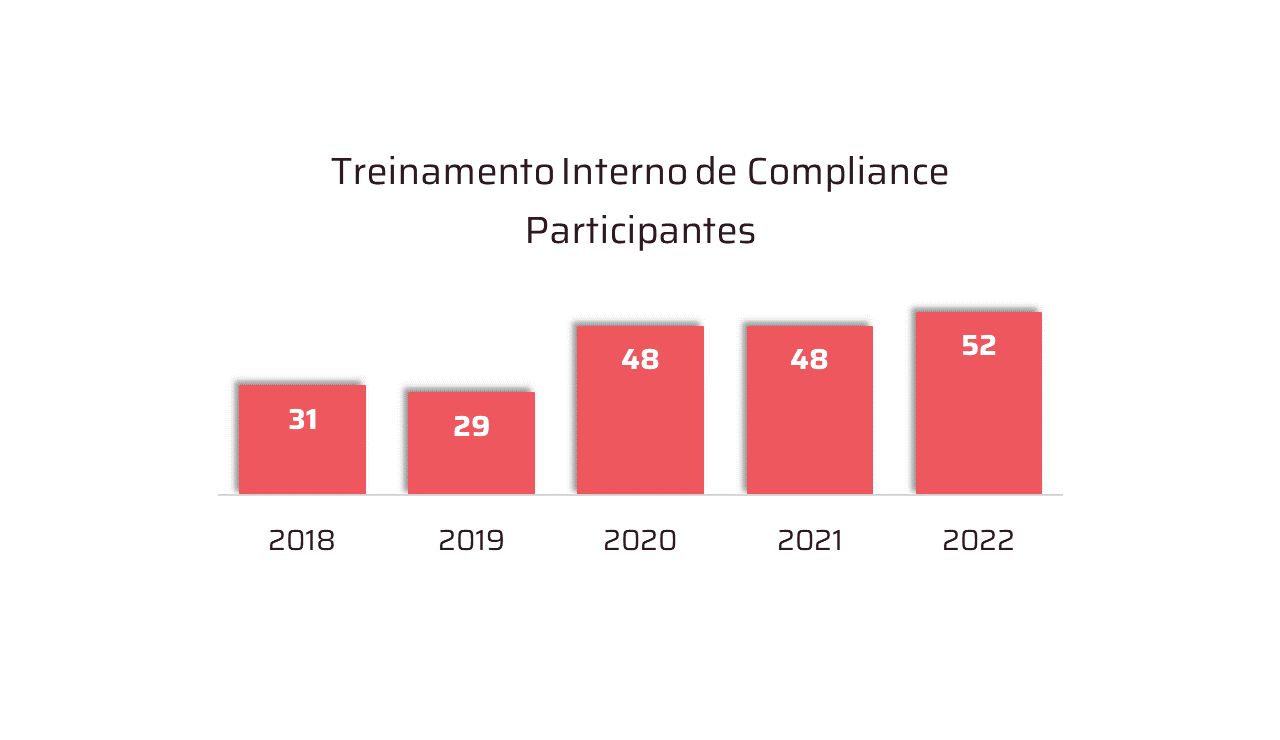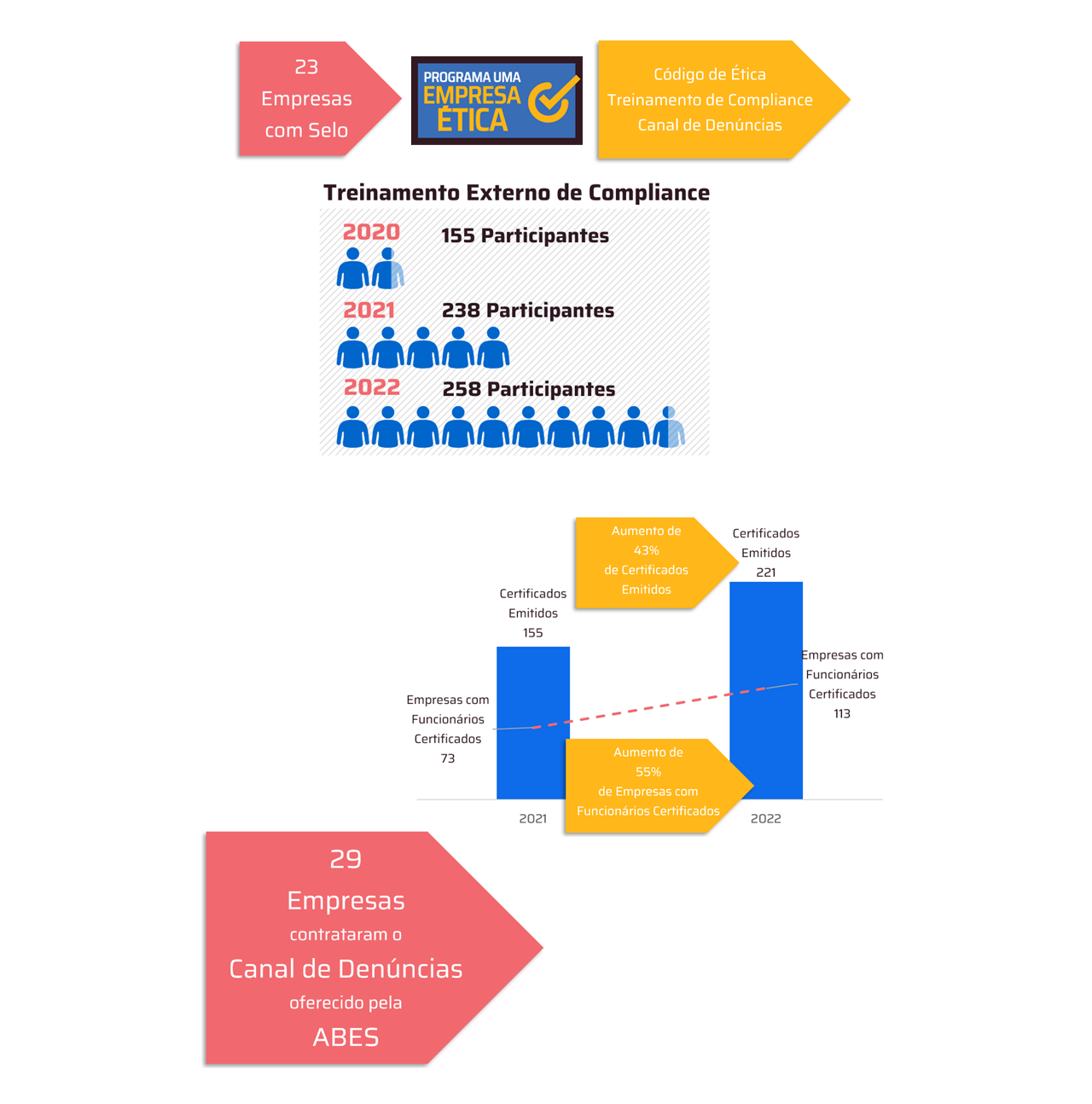More agile, secure and economical, open source has established itself as the main alternative for organizations seeking flexibility and simplification in IT management.

Virtualizing IT infrastructure has proven to be an essential pillar for companies seeking to improve efficiency and reduce costs. Although the adoption of containers has gained prominence in recent years, virtual machines (VMs) remain one of the backbones of modern computing for critical applications. Projections indicate that this market should jump from US$1.4 billion registered in 2020 to US$1.89 billion by 2027.
This remarkable growth is driven by several factors. Technological advances, such as the integration of artificial intelligence (AI) and machine learning (ML) for automated resource management and predictive maintenance, as well as the widespread adoption of cloud computing, have fueled demand for virtualization. The growing need for robust cybersecurity measures and data protection solutions, as well as resilient IT systems that can support distributed workforces, have also highlighted the importance of virtualization in ensuring business continuity and flexibility.
Recent market movements, however, have challenged companies' virtualization strategies. Facing uncertainty and rising costs, many organizations are now seeking simplified options for managing virtual machines that reduce complexity and offer scale, performance, and security. "This is where open-source virtualization solutions come in. Agile, flexible, and cost-effective, they provide the necessary simplification of infrastructure management without sacrificing scalability and security," explains Thiago Araki, Senior Director of Technology for Latin America at Red Hat.
'Revirtualization' curve
Open source emerges as an alternative at a time when companies seem to be moving towards what Gartner called 'revirtualization,' or virtual-to-virtual migrations. According to the consultancy, given the latest market trends, between 51 and 201 organizations have already made progress on this journey, which consists of replacing their current virtualization solutions with a new hypervisor, usually developed using open source code.
"With access to innovation from a stable community, open standards for increased compatibility, and open application programming interfaces (APIs) for flexible integration, open source technologies can help companies build efficient virtual environments in data centers and cloud infrastructures," said Boris Kuszka, Director of Architects for Latin America at Red Hat.
Simply put, virtualization is the process that allows the creation of virtual versions of servers, storage, or network resources. These virtual machines can be easily copied, replicated, and restored, allowing business continuity even in the event of hardware failure. Other advantages include a reduced number of physical servers, lower energy consumption, improved performance, and the ability to ensure business continuity through disaster recovery solutions.
Virtualization also simplifies and optimizes IT resource management by centralizing control and providing comprehensive monitoring and automation tools. This level of control helps IT departments respond quickly to changing business requirements, develop and deploy applications faster, and improve the reliability and overall performance of the entire information technology infrastructure. "Models of development open source enrich this ecosystem by fostering continuous collaboration and innovation, driven by communities upstream, which enable the rapid introduction of new and advanced virtualization technologies to the market,” says Alexandre Duarte, Vice President of Services for Latin America at Red Hat.
Competitive solution
Another benefit of open source platforms is their cost-effectiveness. Recent search revealed that 45% of organizations consider cost a decisive factor in migrating from proprietary solutions to open source platforms. Solutions such as Red Hat OpenShift Virtualization, for example, appear at the top of the list of most mentioned by the organizations surveyed (48%).
O Red Hat OpenShift Virtualization helps companies accelerate the migration from traditional virtual machines to a modern, scalable infrastructure platform using a rapid, risk-reducing approach. Available on Red Hat OpenShift, it enables you to run virtual machine workloads with a consistent management experience and a set of tools and processes that increase operational efficiency and flexibility.
Sectors such as education and healthcare, where reducing operational costs is a priority, have already benefited from the platform. adopt With Red Hat OpenShift Virtualization, Finis Terrae University, based in Santiago, Chile, was able to implement and execute effective solutions for demanding academic and administrative processes, improving its operations without requiring major hardware investments. The solution's flexibility allowed the institution to migrate to virtual environments without interrupting essential activities, such as the enrollment of 10,000 students, while also ensuring the security of sensitive data amid growing digital threats.
The University's experience, which can be replicated by organizations of all segments and sizes, reinforces the importance of open source virtualization solutions, which are expected to continue to play a central role in the evolution of IT infrastructures in 2025. Whether for flexibility, cost reduction, or integration with emerging technologies such as AI, the future of virtualization increasingly looks to be open source, driving innovation and growth for companies worldwide.

















